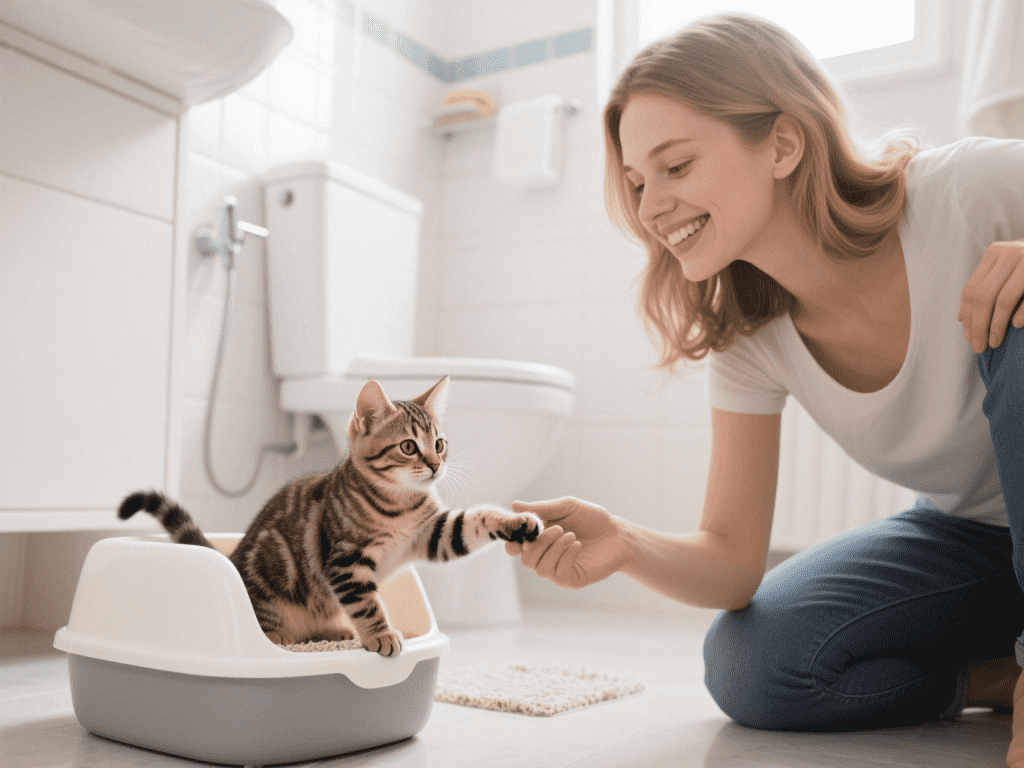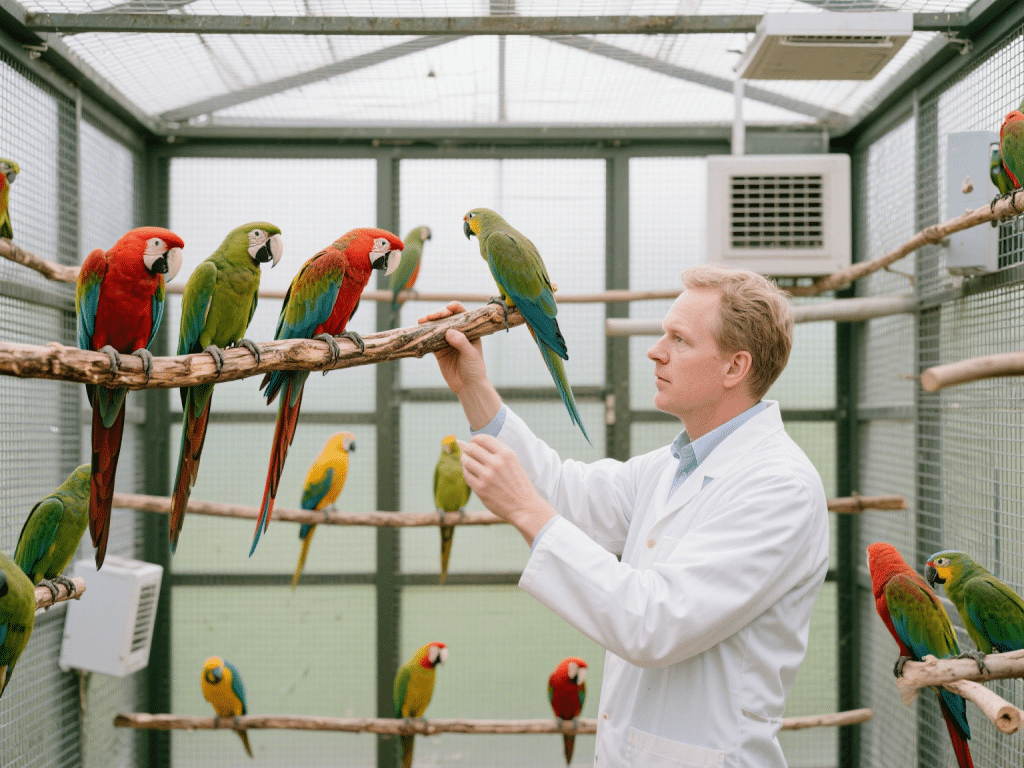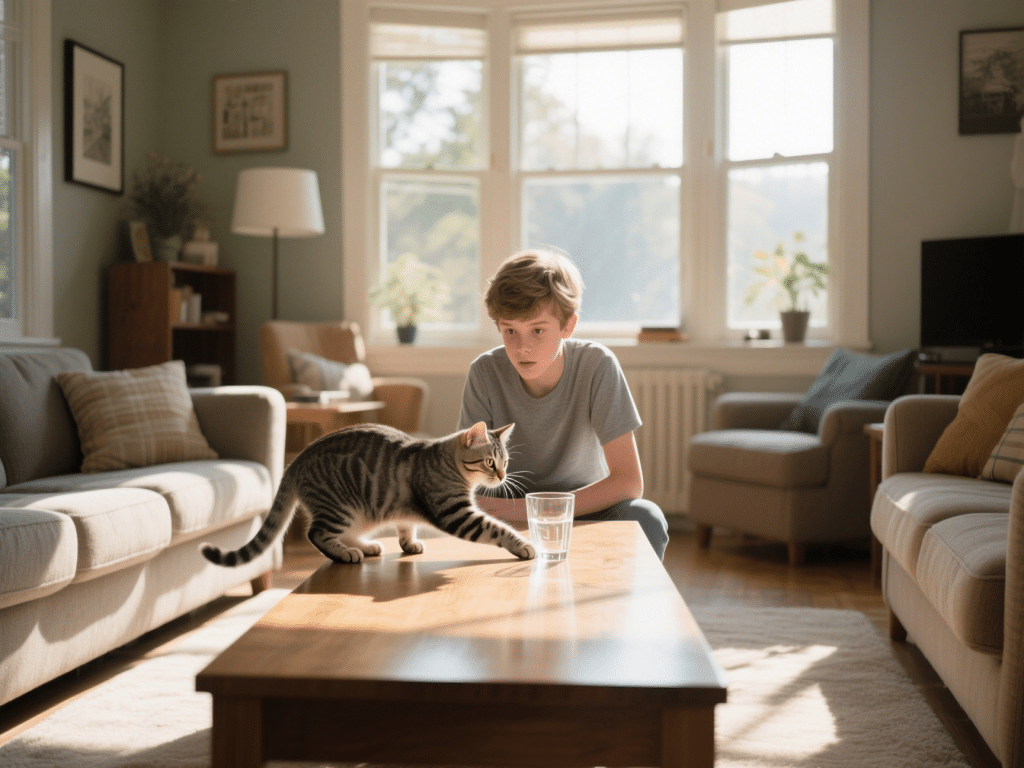
Mastering Litter Box Training for Kittens: A Step‑by‑Step Guide
When I first brought home my handful of furballs, litter training seemed daunting—but wi...

Pet birds possess highly sensitive respiratory systems; poor air quality can lead to aspergillosis, chronic sinusitis, and respiratory distress⁷. Coupled with mental stimulation needs, an ideal cage environment balances clean air with engaging enrichment. As a veterinary avian specialist with 14 years’ experience, I’ll guide you through creating a healthy, stimulating habitat for your feathered companions.
Why Air Quality Matters
Bird lungs have a cross-current system more efficient than mammals’, but also more vulnerable to airborne toxins. Household aerosols, non-stick cookware fumes, and dusty bedding can cause irreversible respiratory damage.
1. Air Filtration & Ventilation
HEPA Air Purifier: Position near the cage, change filters quarterly.
Open-Air Flight Room: If possible, allow supervised flight in a well-ventilated room free of paint fumes or scented products.
Avoid Teflon & Aerosols: Never use non-stick sprays or scented candles in bird areas.
2. Cage Placement & Materials
Indirect Sunlight: Place cage near a window but out of direct sun to prevent overheating.
Non-Toxic Cage Materials: Stainless steel cages with powder-coat finishes rated non-toxic. Avoid cages with zinc or lead paints.
3. Substrate & Cleaning Protocol
Newspaper or Paper Towels: Easy to replace daily; avoid cedar or pine shavings (phenols irritate).
Weekly Deep Clean: Disassemble cage, scrub with bird-safe disinfectant; rinse thoroughly and air-dry.
4. Enrichment Strategies
Foraging Toys: Hide millet sprays in shreddable toy balls.
Swings & Perches: Provide varied perch diameters—natural wood perches support foot health and prevent bumblefoot.
Social Interaction: Daily out-of-cage time and training sessions foster mental engagement.
5. Lighting & Sleep Hygiene
Full-Spectrum Lighting: 10–12 hours per day to regulate circadian rhythms and vitamin D₃ synthesis.
Dark Resting Cover: Use a breathable cover to ensure uninterrupted 10–12 hours of sleep.
Case Study: “Rio the Cockatiel”
Rio exhibited wheezing and nasal discharge after his owner switched to cedar substrate. After transitioning to paper towels, adding an air purifier, and enriching his cage with a puzzle feeder, Rio’s respiratory symptoms resolved within two weeks, and his activity level soared.
Conclusion
A pet bird’s health hinges on pristine air quality, safe cage materials, and engaging environmental enrichment. By implementing HEPA filtration, non-toxic substrates, meticulous cleaning, and stimulating toys, you’ll safeguard your bird’s respiratory system and mental well-being. Consistent care and observation ensure your avian friend thrives for years.

When I first brought home my handful of furballs, litter training seemed daunting—but wi...

Over the years, I’ve had the privilege of caring for multi‑cat households and studying...

IntroductionFood allergies in dogs—immune-mediated reactions to specific ingredients—c...

IntroductionWalking your dog provides physical exercise, mental stimulation, and bonding t...

IntroductionIf you’ve ever wondered why your cat swats a glass off the counter or pushes...

IntroductionSelecting the right litter box is crucial for maintaining your indoor cat’s ...
Comments on "Building a Healthy Cage Environment for Pet Birds: Air Quality & Enrichment Tips" :